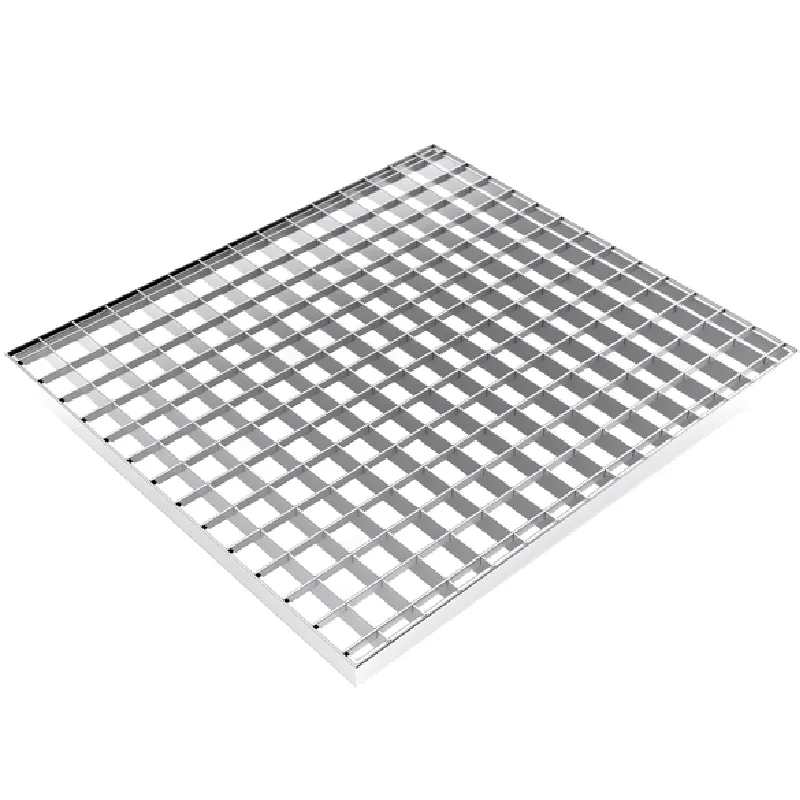- Industrial zone, South of Anping Town, Hengshui, Hebei, China.
- sales@hfpetromesh.com
- +86-18931809706
 Afrikaans
Afrikaans  Albanian
Albanian  Amharic
Amharic  Arabic
Arabic  Armenian
Armenian  Azerbaijani
Azerbaijani  Basque
Basque  Belarusian
Belarusian  Bengali
Bengali  Bosnian
Bosnian  Bulgarian
Bulgarian  Catalan
Catalan  Cebuano
Cebuano  Corsican
Corsican  Croatian
Croatian  Czech
Czech  Danish
Danish  Dutch
Dutch  English
English  Esperanto
Esperanto  Estonian
Estonian  Finnish
Finnish  French
French  Frisian
Frisian  Galician
Galician  Georgian
Georgian  German
German  Greek
Greek  Gujarati
Gujarati  Haitian Creole
Haitian Creole  hausa
hausa  hawaiian
hawaiian  Hebrew
Hebrew  Hindi
Hindi  Miao
Miao  Hungarian
Hungarian  Icelandic
Icelandic  igbo
igbo  Indonesian
Indonesian  irish
irish  Italian
Italian  Japanese
Japanese  Javanese
Javanese  Kannada
Kannada  kazakh
kazakh  Khmer
Khmer  Rwandese
Rwandese  Korean
Korean  Kurdish
Kurdish  Kyrgyz
Kyrgyz  Lao
Lao  Latin
Latin  Latvian
Latvian  Lithuanian
Lithuanian  Luxembourgish
Luxembourgish  Macedonian
Macedonian  Malgashi
Malgashi  Malay
Malay  Malayalam
Malayalam  Maltese
Maltese  Maori
Maori  Marathi
Marathi  Mongolian
Mongolian  Myanmar
Myanmar  Nepali
Nepali  Norwegian
Norwegian  Norwegian
Norwegian  Occitan
Occitan  Pashto
Pashto  Persian
Persian  Polish
Polish  Portuguese
Portuguese  Punjabi
Punjabi  Romanian
Romanian  Russian
Russian  Samoan
Samoan  Scottish Gaelic
Scottish Gaelic  Serbian
Serbian  Sesotho
Sesotho  Shona
Shona  Sindhi
Sindhi  Sinhala
Sinhala  Slovak
Slovak  Slovenian
Slovenian  Somali
Somali  Spanish
Spanish  Sundanese
Sundanese  Swahili
Swahili  Swedish
Swedish  Tagalog
Tagalog  Tajik
Tajik  Tamil
Tamil  Tatar
Tatar  Telugu
Telugu  Thai
Thai  Turkish
Turkish  Turkmen
Turkmen  Ukrainian
Ukrainian  Urdu
Urdu  Uighur
Uighur  Uzbek
Uzbek  Vietnamese
Vietnamese  Welsh
Welsh  Bantu
Bantu  Yiddish
Yiddish  Yoruba
Yoruba  Zulu
Zulu
- Afrikaans
- Albanian
- Amharic
- Arabic
- Armenian
- Azerbaijani
- Basque
- Belarusian
- Bengali
- Bosnian
- Bulgarian
- Catalan
- Cebuano
- Corsican
- Croatian
- Czech
- Danish
- Dutch
- English
- Esperanto
- Estonian
- Finnish
- French
- Frisian
- Galician
- Georgian
- German
- Greek
- Gujarati
- Haitian Creole
- hausa
- hawaiian
- Hebrew
- Hindi
- Miao
- Hungarian
- Icelandic
- igbo
- Indonesian
- irish
- Italian
- Japanese
- Javanese
- Kannada
- kazakh
- Khmer
- Rwandese
- Korean
- Kurdish
- Kyrgyz
- Lao
- Latin
- Latvian
- Lithuanian
- Luxembourgish
- Macedonian
- Malgashi
- Malay
- Malayalam
- Maltese
- Maori
- Marathi
- Mongolian
- Myanmar
- Nepali
- Norwegian
- Norwegian
- Occitan
- Pashto
- Persian
- Polish
- Portuguese
- Punjabi
- Romanian
- Russian
- Samoan
- Scottish Gaelic
- Serbian
- Sesotho
- Shona
- Sindhi
- Sinhala
- Slovak
- Slovenian
- Somali
- Spanish
- Sundanese
- Swahili
- Swedish
- Tagalog
- Tajik
- Tamil
- Tatar
- Telugu
- Thai
- Turkish
- Turkmen
- Ukrainian
- Urdu
- Uighur
- Uzbek
- Vietnamese
- Welsh
- Bantu
- Yiddish
- Yoruba
- Zulu
grating steel price
The Current Landscape of Grating Steel Prices
Grating steel, a versatile and essential component in various industries, plays a pivotal role in construction, infrastructure, and maintenance applications. From industrial flooring to walkways and drainage systems, its durability and strength are crucial for the safety and efficiency of many structures. As a result, the pricing of grating steel has garnered considerable attention, particularly in recent years due to fluctuations driven by various economic factors.
The Current Landscape of Grating Steel Prices
Another significant factor influencing prices is the state of the construction and manufacturing sectors. Following the COVID-19 pandemic, many countries experienced a surge in demand for construction materials as they sought to rebuild and enhance infrastructure. This demand, combined with supply chain disruptions, has led to increased competition for resources, further driving up prices. For instance, in 2021 and 2022, many regions reported substantial hikes in steel prices, including grating steel, as industries scrambled to recover from the economic downturn and meet pent-up demand.
grating steel price

Additionally, government policies and tariffs play a crucial role in shaping the market landscape for grating steel. Import tariffs imposed on steel from certain countries can lead to price increases domestically, as suppliers adjust their pricing strategies to maintain profitability. Furthermore, initiatives aimed at sustainability and reducing carbon footprints may require steel producers to invest in cleaner production methods, which can initially increase costs and, consequently, the price of grating steel.
On a regional level, the prices of grating steel can vary significantly. In areas with booming construction activities, such as parts of Asia and North America, prices may be higher due to increased demand. Conversely, regions experiencing economic downturns could see lower prices as demand softens. Fluctuating exchange rates also contribute to price variations, particularly when purchasing raw materials from international sources, as changes in currency values can impact overall costs.
In recent months, market experts have noted some stabilization in steel prices, including grating steel, as supply chains gradually adapt and inventory levels normalize. Nonetheless, given the uncertain global economic landscape, prices are likely to remain volatile. Industry professionals must stay informed about market trends, economic indicators, and potential regulatory changes to navigate these fluctuations effectively.
In conclusion, the price of grating steel is influenced by a complex interplay of factors including raw material availability, growing construction demand, government policies, and regional market variations. As industries worldwide continue to develop and recover, stakeholders in the grating steel market must remain vigilant and flexible in their pricing strategies. By understanding the dynamics at play, manufacturers, suppliers, and consumers alike can better prepare for future shifts in the market, ensuring a balance between quality, affordability, and sustainability in their projects. The ongoing evolution of grating steel pricing highlights the necessity for continuous adaptation in a rapidly changing economic environment.
-
Welded Steel Bar Grating: The Rugged Industrial Flooring Solution Built for Load and LongevityNewsJun.24,2025
-
Steel Walkway Grating: Reliable, Resilient, and Built for Every StepNewsJun.24,2025
-
Shale Shaker Screen for Sale: Optimize Drilling Efficiency with Precision Screening PowerNewsJun.24,2025
-
Shaker Screen for Sale: Elevate Your Drilling Efficiency with Durable Separation SolutionsNewsJun.24,2025
-
Press Locked Steel Grating: Industrial Strength with Precision Fit for Heavy-Duty ApplicationsNewsJun.24,2025
-
Perimeter Safety Netting: The Critical Safety Upgrade for Every HelipadNewsJun.24,2025